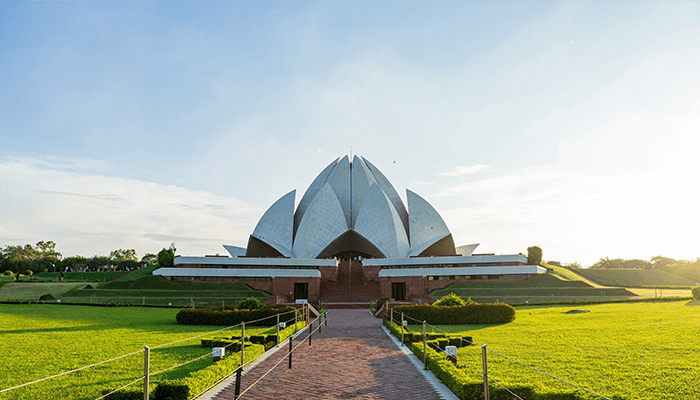Qutub Minar Tower
The iconic five-storied tower with distinctive balconies and intricate Quranic inscriptions carved into its red and buff sandstone.
Read More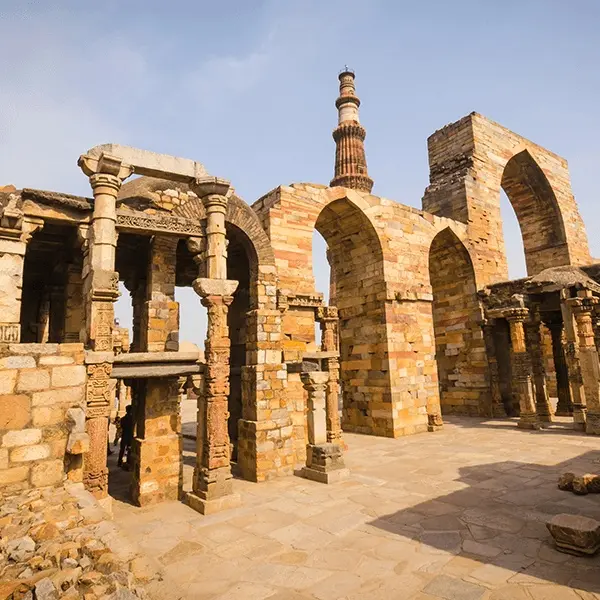
Qutub Minar, located in the Mehrauli area of Delhi, is an iconic monument and the tallest brick minaret in the world, standing at 73 meters. A UNESCO World Heritage Site, it was commissioned in 1193 by Qutub-ud-din Aibak, founder of the Delhi Sultanate, and later completed by his successor Iltutmish. The tower is an outstanding example of Indo-Islamic architecture, featuring red sandstone and marble, with intricately carved inscriptions from the Quran and decorative motifs. Its five distinct storeys taper upwards, each marked by a projecting balcony supported by stone brackets. Surrounding the minaret is the Qutub Complex, which houses several historically significant structures, including the Quwwat-ul-Islam Mosque—India’s first mosque—and the mysterious Iron Pillar. Qutub Minar remains a powerful symbol of medieval India’s architectural brilliance and cultural synthesis, drawing thousands of visitors for its history, artistry, and panoramic views.


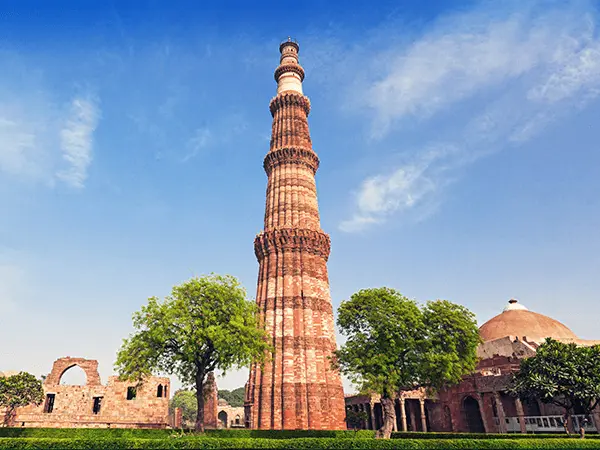
The iconic five-storied tower with distinctive balconies and intricate Quranic inscriptions carved into its red and buff sandstone.
Read More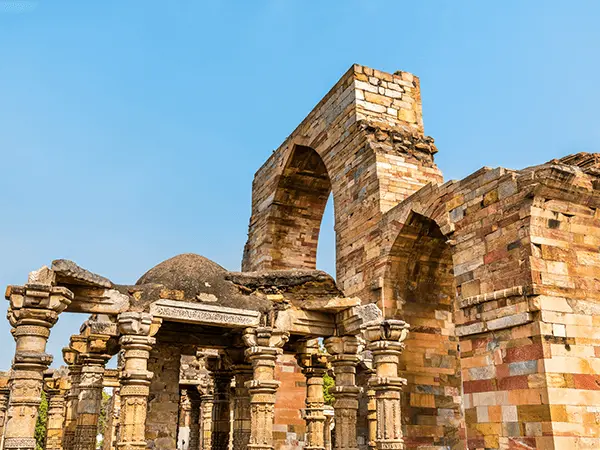
India's first mosque, built using materials from demolished Hindu temples, displaying a fascinating blend of architectural styles.
Read More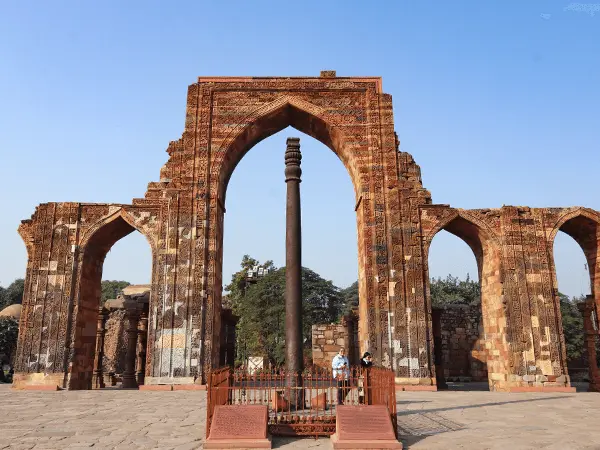
A 7.2-meter tall metallurgical wonder that has resisted rust for over 1600 years, embodying ancient India's scientific achievements.
Read More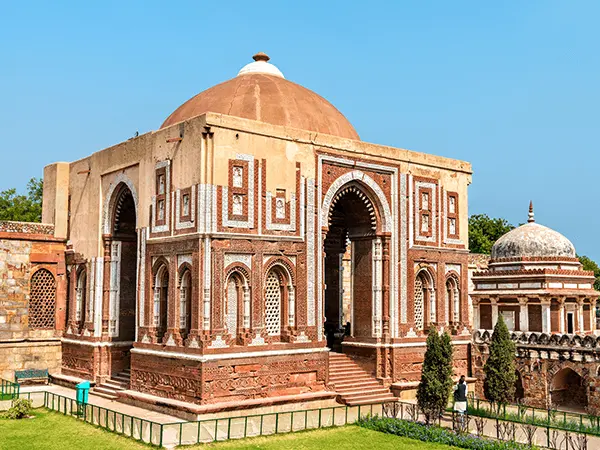
The magnificent entrance gate built by Alauddin Khilji featuring exquisite marble inlays and geometric patterns.
Read More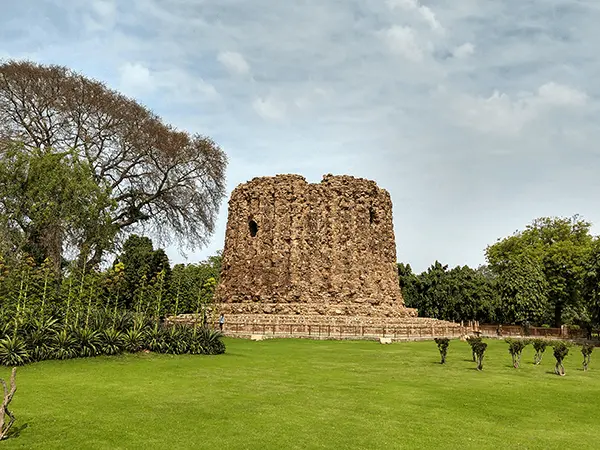
The unfinished tower that was intended to be twice the size of Qutub Minar, abandoned after Alauddin Khilji's death.
Read More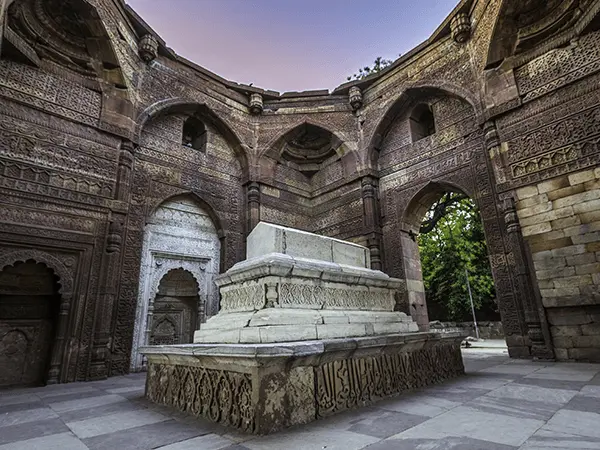
Intricately carved marble tomb of the second ruler of the Delhi Sultanate showcasing early Indo-Islamic architectural style.
Read MoreA visit to Qutub Minar offers a rich blend of history, architecture, and tranquility. Explore the expansive Qutub Complex, home to centuries-old monuments like the Alai Darwaza, Quwwat-ul-Islam Mosque, and the enigmatic Iron Pillar, known for its rust-resistant metal. Marvel at the detailed carvings and calligraphy that adorn the towering minaret. Capture stunning photographs as the light shifts across the stonework throughout the day. Attend cultural events and light shows during festivals for an immersive experience. Relax in the surrounding landscaped gardens, which provide a serene escape from the city's hustle while connecting with Delhi’s historic past.
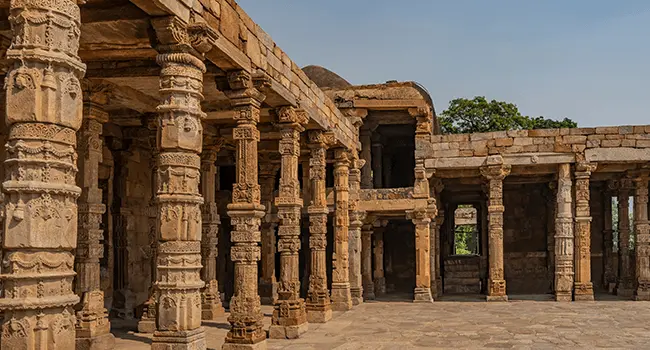
Shopping near Qutub Minar blends heritage with contemporary flair. The nearby Mehrauli Archaeological Park occasionally hosts local artisan fairs featuring handcrafted goods. Adjacent to the monument, the upscale Ambawatta One Complex offers designer boutiques and curated lifestyle stores in a heritage setting. For authentic Indian crafts, Dilli Haat—just 8 km away—presents a vibrant marketplace with regional textiles, jewelry, pottery, and artworks, all at fixed prices. These locations offer unique souvenirs reflecting India’s diverse craftsmanship and cultural richness.
Dining near Qutub Minar offers a stylish experience with scenic views and heritage charm. Upscale restaurants like Olive Bar & Kitchen, Qla, and Lavaash by Saby serve gourmet cuisine in elegant, open-air settings, perfect for romantic dinners or special outings. While the area is generally safe, it’s wise to book reservations ahead, use trusted transportation, and avoid secluded paths after dark. Most venues close by midnight, so plan early to enjoy a relaxing evening near this historic landmark.
Qutub Minar is easily accessible by Delhi Metro, with Qutub Minar Station on the Yellow Line just a short auto-rickshaw ride away. Taxis and app-based cabs like Ola and Uber are also widely available. The area is well-patrolled and considered safe during the day, but visitors should avoid isolated areas after dark. Always keep personal belongings secure and stay hydrated, especially during warmer months. Signage and security personnel are present to assist tourists, ensuring a smooth and safe visit.


